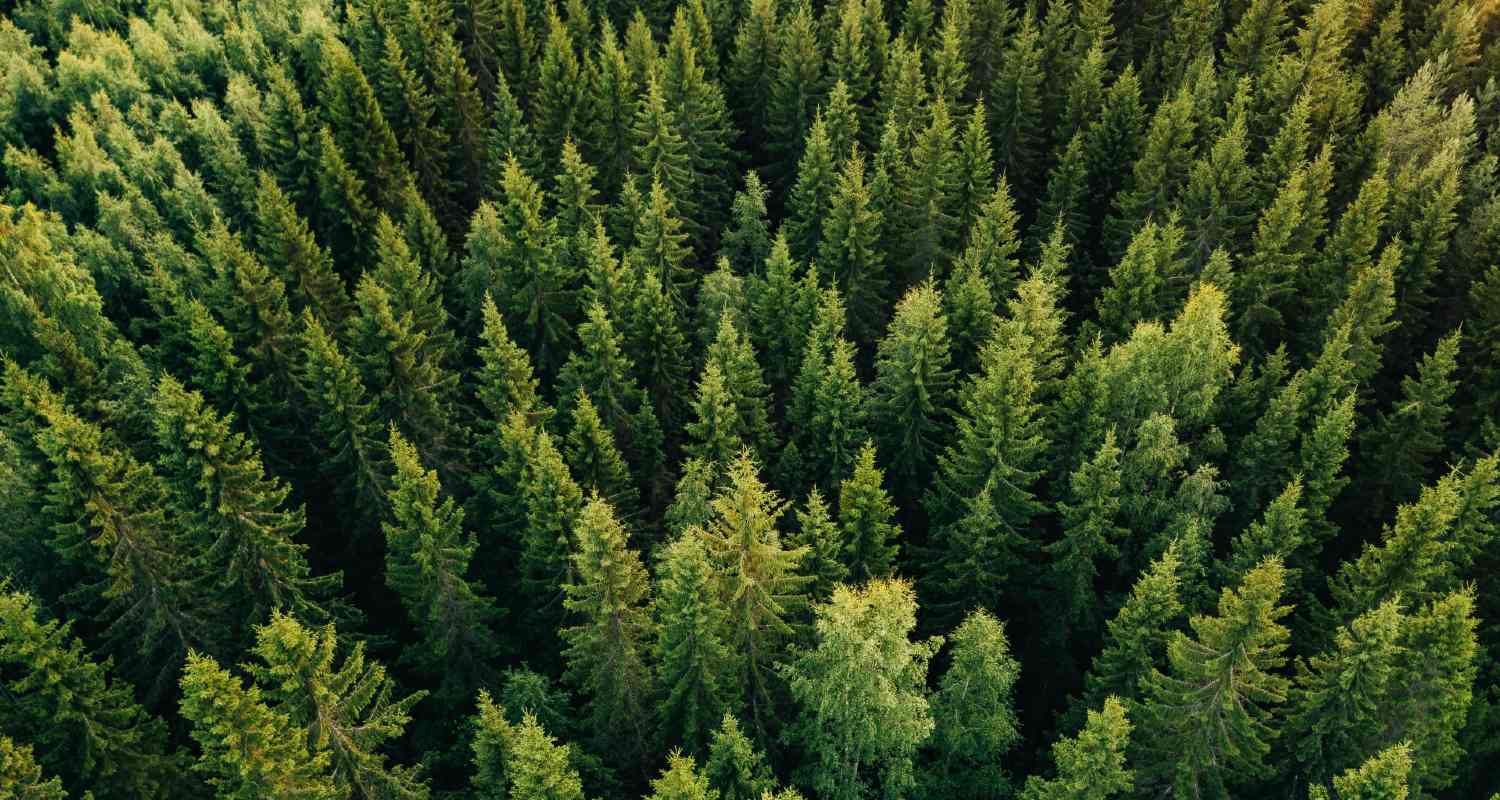Let’s face it, pine seedlings can be pretty tough. Just because your seedlings are alive doesn’t mean that they are growing at their best. Survival is not enough to guarantee a good stand of timber at final harvest. Pine seedlings require sufficient sunlight and nutrients to become firmly established. Any other vegetation near that seedling will compete for site resources until the seedling reaches 4 to 5 feet in height. So, why bother doing an herbaceous or woody release treatment? The simple answer is that a little bit of extra care in those first few years can result in more value at the end of rotation. A release treatment allows the seedling room to grow by controlling the competing vegetation. Not only does free growing space increase survival chances for the seedling, but it also increases the growing potential of the seedling, allowing it the potential for greater quality growth over time (Cunningham et al., 2019). Controlling weeds in the early years of a tree’s development leads to larger stem diameters (Miller et al., 2003) and will have more growth flushes and longer shoot elongation at each flush, effectively increasing height growth (Hansen and Bilan, 1989). Release can be accomplished using mechanical or chemical methods, or by a combination of the two.
Case Studies
Do your pines need a release treatment?





